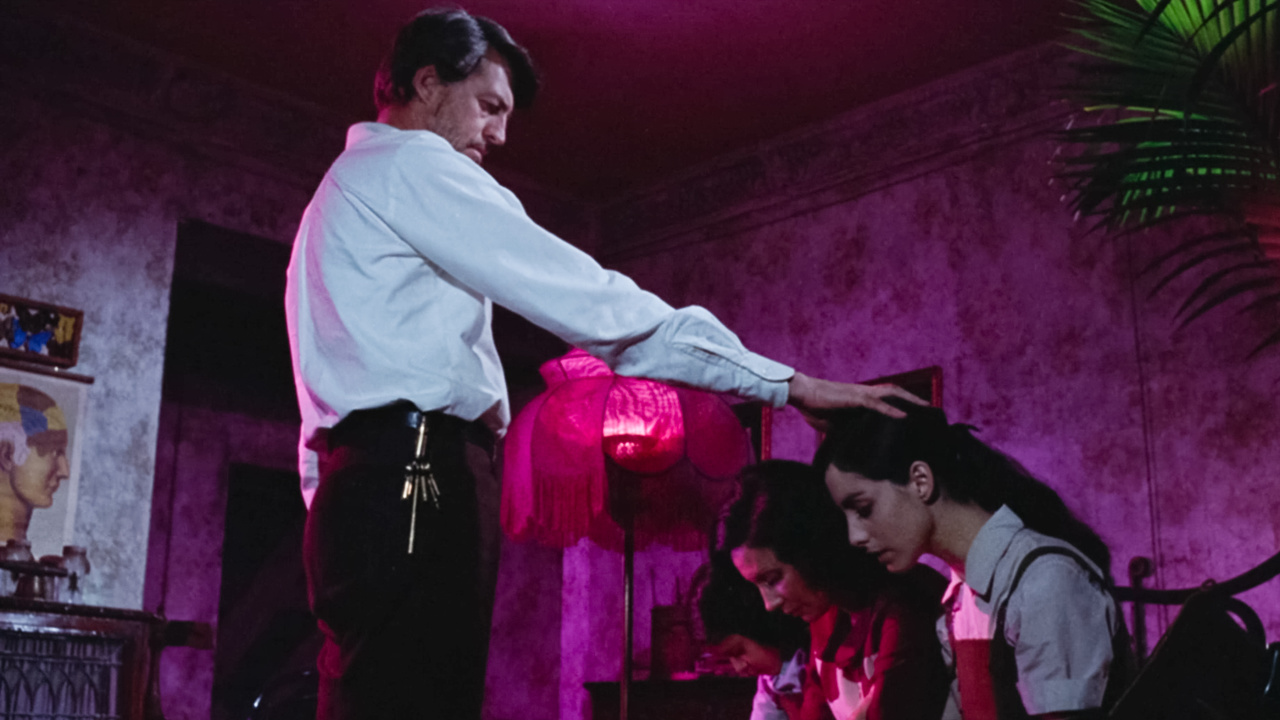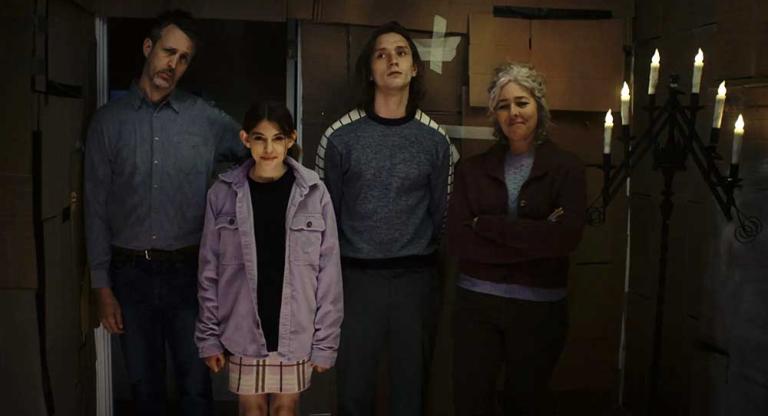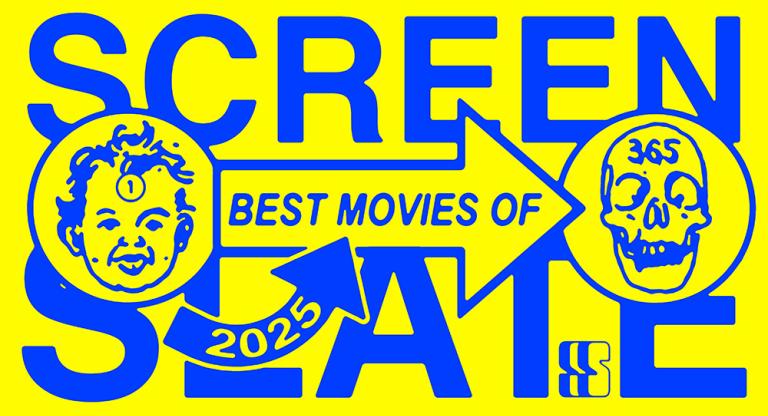While there are many great film series happening in New York City right now, I think there are two that stand above the rest. At the Museum of Modern Art, there is the ongoing retrospective dedicated to the Portuguese filmmaker João César Monteiro. And at the Brooklyn Academy of Music, there is a retrospective of films honoring the work of the Mexican director Arturo Ripstein. Both of these retrospectives consist of films that disregard decorum; but, more than that, films that stage pointed attacks on social norms and tired cinematic forms. Though entirely different filmmakers, both Monteiro and Ripstein’s work exhibits a disdain for authority, in addition to a confidence of style. Even as they mine the most perverse or depraved of fantasies and histories, their films always arrive at poetry. And so, even if the characters represented in these retrospectives are sick, or their stories twisted, the presentation of these works, and the moviegoing public’s engagement with them, are evidence of a healthy film culture: one that, for all its obsessiveness, remains open-minded and demanding in its mission to see challenging films.
A pillar of Mexican independent cinema, Ripstein has been directing films since 1966. That’s to say, he has confronted audiences with gnarly reflections of their own cultural realities for six decades straight. His preferred method: adaptations of local crime stories designed to shock and illuminate. Case in point, his breakout hit, 1973’s Castle of Purity (pictured at top). Based on a real life horror story involving a rat poison manufacturer who imprisoned his wife and three children in a dilapidated home on the outskirts of Mexico City, Ripstein’s film takes a well-known incident and transforms it into a study of Mexico’s commonplace conservatism and hypocritical authority figures. While the meat of Ripstein’s film certainly takes place within the confines of its central location, its most shocking moments come when Gabriel Lima, the rat manufacturer in question, wanders outside his house’s confines. Though a staunch vegetarian indoors, Ripstein makes sure to include a scene in which Lima orders some carne asada tacos from a street vendor; and, while an ostensible saint at home, Ripstein also makes sure to include scenes where Lima solicits sex from a young woman while selling rat poison door-to-door. Both of these moments are brief but essential to Ripstein’s filmmaking; horror seeps everywhere he seems to signal, it’s just a matter of taking notice.
But, to equate Ripstein’s awareness of Mexico’s ills with a cynical mindset does a disservice to his project. Ripstein was in his twenties when Mexico underwent a moment of rupture in the late ‘60s and early ‘70s—amid the protests of the ‘68 Olympics, against the death knell of Mexican cinema’s glory days, and alongside the artists who literally declared themselves “La Generación de la Ruptura” (The Breakaway Generation) to inaugurate a new chapter in Mexican art. (Of the latter, it bears mentioning that Ripstein and his peer Felipe Cazals filmed a documentary.) He is not a simple provocateur, but an alarmed thinker from a bygone generation that learned to stand up against state overreach and cultural complacency. That’s why his films do not entertain the glitz and glamor of Mexico’s Golden Age, but instead opt to spotlight the nation’s confused and convulsant state, as seen in the police corruption of Life Sentence (1979), the wanton gentrification of La mujer del puerto (1991), and the cyclical violence of Bleak Street (2015). Not only will sitting through his films at BAM offer viewers a brief history of 20th Century Mexico, but a lesson in identifying structural social issues, from their emergence at home and propagation by state officials, religious authorities, and family men.
A similar scorn for order and its oppression runs through the work of Monteiro, who came of age during the Estado Novo dictatorship in Portugal. At its most oblique, there is the absolute skepticism toward state mandates in Hovering Over the Water (1986). And, in its most forthright manifestation, there is his mocking performance of a military officer in Recollections of the Yellow House (1989). But Monteiro’s anti-establishment genius is perhaps best seen in his most perverse cinematic acts, whether it be in his unfettered sexual depravities as João de Deus in his late work, or in his decision to make a film that mostly consists of a black screen (see Branca de Neve, 2000). Here is de Sade and Debord in one man, all caught up in a visual sumptuousness that owes its magic to cinematographer Acácio de Almeida and its classicism to Italian masters. Again, it's not simple provocations that are found in Monteiro, but absolute condemnations of common decency and artistic sobriety.
The need, or lust, for such challenging artists accompanies confusing, challenging times. And I wager that retrospectives around such marginal figures as Robert Kramer or Guy Gilles would prove most welcome in this climate. Why? Because people want to see politics and poetry in action to muster on, and because people can’t afford to behave properly. Here, I’m thinking of Milestones (1975) and Repeated Absences (1972). What is needed is a dose of that which is beautiful and that which is bad. The latter points to the former, but its opposite, which we can understand as good cinema, will inevitably result in boring affairs of a winsome variety—shams that confuse neatness with success and technical competency with grandeur. One order of moviemaking promotes thought, the other shuts it out.
Feedback Loop is a column by Nicolas Pedrero-Setzer reflecting on each month of repertory filmgoing in New York City.



